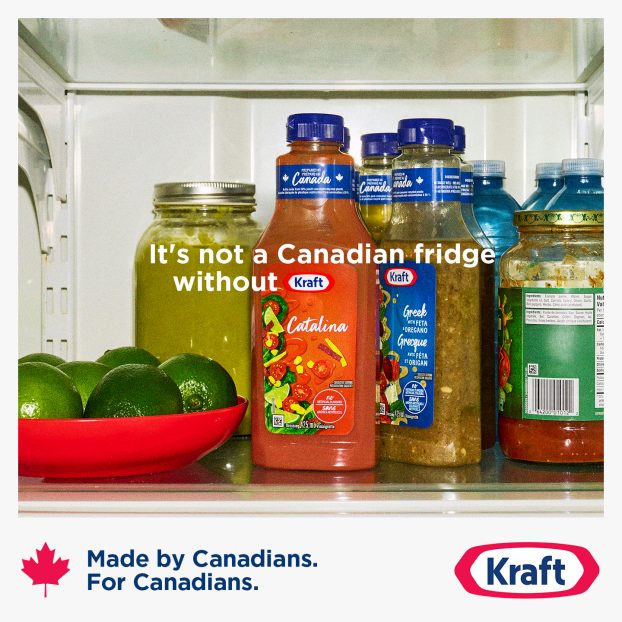With the federal election now safely behind us, I got to thinking how the various party leaders might stack up as advertising agency account planners. Don’t ask me why, I just thought it might be kind of amusing.
Here then, is my take on whether the leaders of Canada’s five major federal election parties could cut it in the cold, hard, ‘real’ world of Canadian advertising.
Jean Chrétien,
Liberal Party of Canada
Rating: * * * * *
When Jean Chrétien eventually retires, I’d hire him straight away.
The man has an excellent understanding of the Canadian consumer. From the moment he called the election, he defied conventional wisdom and went with his gut. And he was right. The people supported him.
The man clearly has a healthy skepticism of research. You just know that focus groups would have said they didn’t want an election and they’d have characterized an early call as self-serving and opportunistic, but he went ahead regardless.
Chrétien also has a great appreciation of timing. In the fall, the Canadian Alliance was starting to build momentum. They’d launched a new party, they had a new leader and they were getting a lot of media coverage. What Chrétien did, by calling the election, was to stop that momentum in its tracks – and now the Alliance is going to have to find a way to restart it.
As any experienced advertising practitioner knows, momentum is key to building brands. Just look at Bell’s ‘proof positive’ campaign – you know, the one that said ‘This week, 5,000 people switched back to Bell.’
Bell launched that campaign just as Sprint and AT&T were starting to build momentum. People who hadn’t been all that interested in long distance were starting to think that maybe they should check out the competition. What the ‘proof positive’ campaign did was to disrupt that momentum by suggesting the trend was swinging back to Bell. Since then, AT&T has withdrawn from residential long distance and Sprint is having real problems.
Makes Chrétien a shoo-in for the Bell Canada business, don’t you think?
Stockwell Day,
Canadian Alliance
Rating: *
After a strong start, Stockwell Day couldn’t, ultimately, rise above number two.
The Alliance’s advertising, which attacked Jean Chrétien as a liar, was a cornerstone of the party’s communications plan. But did it work? Yes and no.
The Alliance strengthened its position at the expense of the ‘other’ parties, but it never made gains on the Liberals, which reinforced its leadership position.
This is typically what happens when you knock the brand leader. Just think back to the ’60s, when Pepsi implicitly knocked Coke with its tagline ‘The choice of a new generation.’
The effect was not to diminish Coke but to lift Pepsi above the other competition – Dr. Pepper, RC Cola, and so on.
While ‘knocking copy’ can successfully establish a brand as a clear alternative to the market leader, it also reinforces the status of the market leader, because it implies they set the benchmark.
That’s exactly what happened in this election. Not a bad result for the Alliance, but surely not all they were aiming for.
Smart advertising strategists know that being a challenger is more than just challenging the category leader. In his book Eating the Big Fish: How Challenger Brands Can Compete Against Brand Leaders, Adam Morgan defines the actions a challenger must take to be successful.
While the Alliance did, in fact, break with the past through the establishment of a new party and the selection of Stockwell Day himself, they never assumed ‘thought leadership’ of the category.
In Adam Morgan’s words, the thought leader is ‘the brand that, while it may not be the largest, is the one everyone is talking about, that has the highest ‘sensed momentum’ in the consumer’s mind.’ Brands such as Fox, Virgin, Absolut, The Body Shop.
A successful challenger also changes the criteria by which people evaluate brands. It’s easier to do this than to convince them you’re better than the competition. You can’t beat Coke on ubiquity, McDonald’s on family fun, Bud on masculinity, Cadillac on style. So you redefine what matters. German and Japanese automotive imports stressed quality, engineering and reliability. They successfully redefined the market and, consequently, were able to pull the rug out from under domestic automakers.
And what issue did the Alliance talk about more than anything else? Health care – a territory where they were weak.
Alexa McDonough,
New Democratic Party
Rating: * * *
Of all the parties, the NDP had the clearest, most focused and, indeed, differentiated message – spend the surplus on improved social programs. Exactly the kind of focus you want in a planner. However, McDonough failed to analyze the business problem properly. Many people had experienced the product – a socialist government – and had been disappointed. Perhaps McDonough would have had more success starting from the ground up.
Then there are questions about how relevant the NDP brand is today. Most other social democratic brands, such as the Labour Party in Britain, have had to change to stay relevant. A simple ‘We’ll spend more’ message might well have all the appeal of large tail fins.
Gilles Duceppe,
Bloc Québécois
Rating: * *
Like McDonough, Gilles Duceppe did a good job of putting across the brand message, but he failed to keep it relevant. He really rested on existing goodwill. To be fair, he was in a difficult position. Smaller regional brands often cannot compete with national or global brands when they’ve got their act together.
Joe Clark,
Progressive Conservatives
Rating: * *
Of all the leaders, Joe Clark probably had the most likeable brand personality. The ‘elder statesman’ role was also true to Clark’s brand DNA. However, once a brand is in seemingly terminal decline, it needs to do more than remind people how nice it is.
Colin Flint is vice-president, group account planner with BBDO Canada in Toronto. He can be reached at (416) 413-7514 or via e-mail at colin.flint@bbdo.ca.























